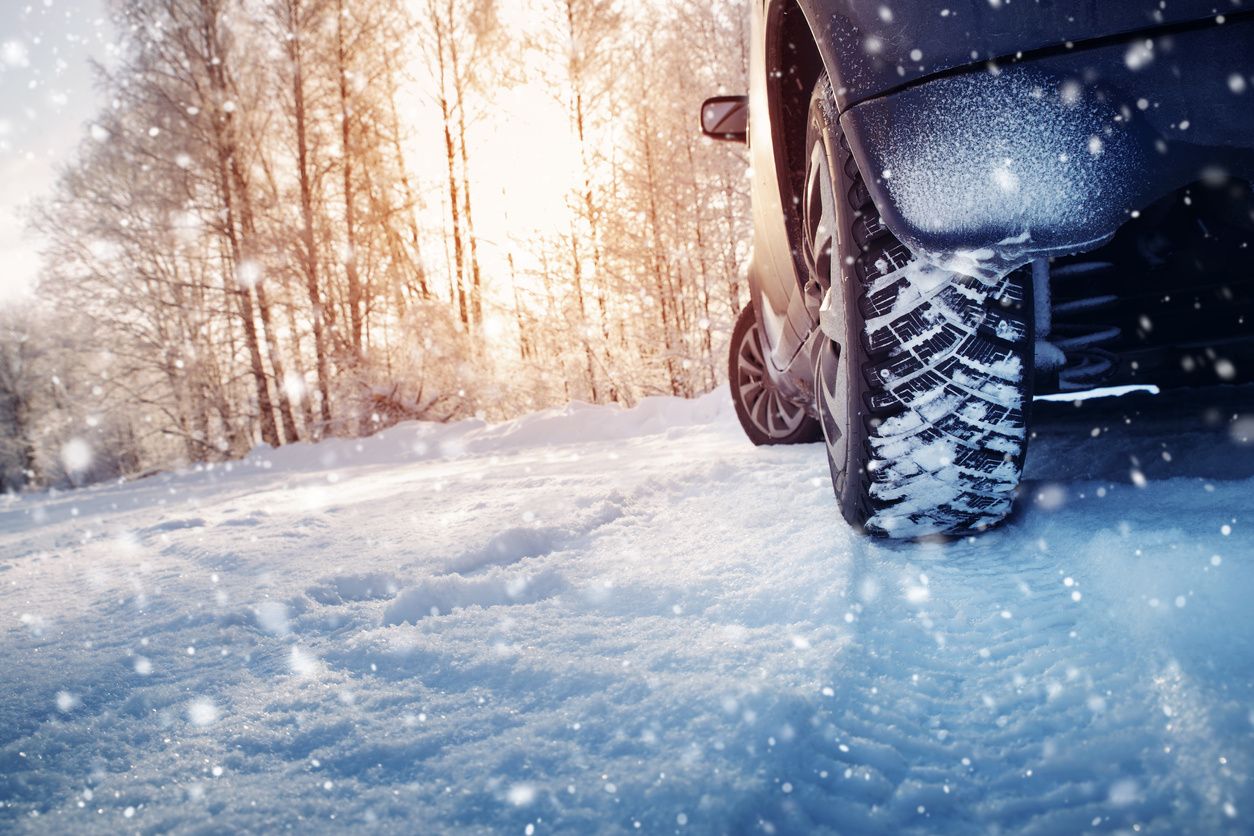MIT self-driving tech sees through road surface to navigate in snow and fog
Self-driving cars are already good at navigating by reading road markings and following other vehicles. But the cameras and Lidar sensors they rely on can still struggle in snow and fog
However, the CSAIL department of the Massachusetts Institute of Technology says it has developed a solution. Using ground Penetrating Radar (GPR), its test vehicle can see through the surface of the road ahead using electromagnetic pulses - and not just through the snow and ice, but through the road itself.
Read More:
- Why Bosch's driver monitoring AI us a crucial step towards autonomous cars
- Jaguar Land Rover reveals Project Vector autonomous ride-share vehicle
- Waymo now offers autonomous taxi rides with no safety driver
That way, the system can see soil and rock formations beneath the road, as well as other solid objects like tree roots. Using these, the vehicle can build a map of its environment and navigate regardless of its ability to see road markings covered by snow.
The vehicle needs to have already built - of have access to - a map of the road ahead, so the system won't help on a road the car hasn't driven before. Regardless, the technology could work well for vehicles which cover the same route often, like buses and trucks, and could well be used to create an entire under-road map of a city, which is then downloaded to vehicles ahead of driving there.
For now, the CSAIL department has only tested its GPR system on a closed road at low speeds, but the team behind it says the technology could be extended to highways and other roads. The system isn't foolproof though, and currently works less well after heavy rain, as water soaks into the road surface and changes how the ground looks.
Of course, the system can't be used in isolation as it can't see what's happening on the road ahead; but when working in combination with Lidar, radar and cameras, GPR could be a useful addition to autonomous car systems. It also needs to be made much smaller to be commercially viable, as the system is currently around the width of the car itself.
